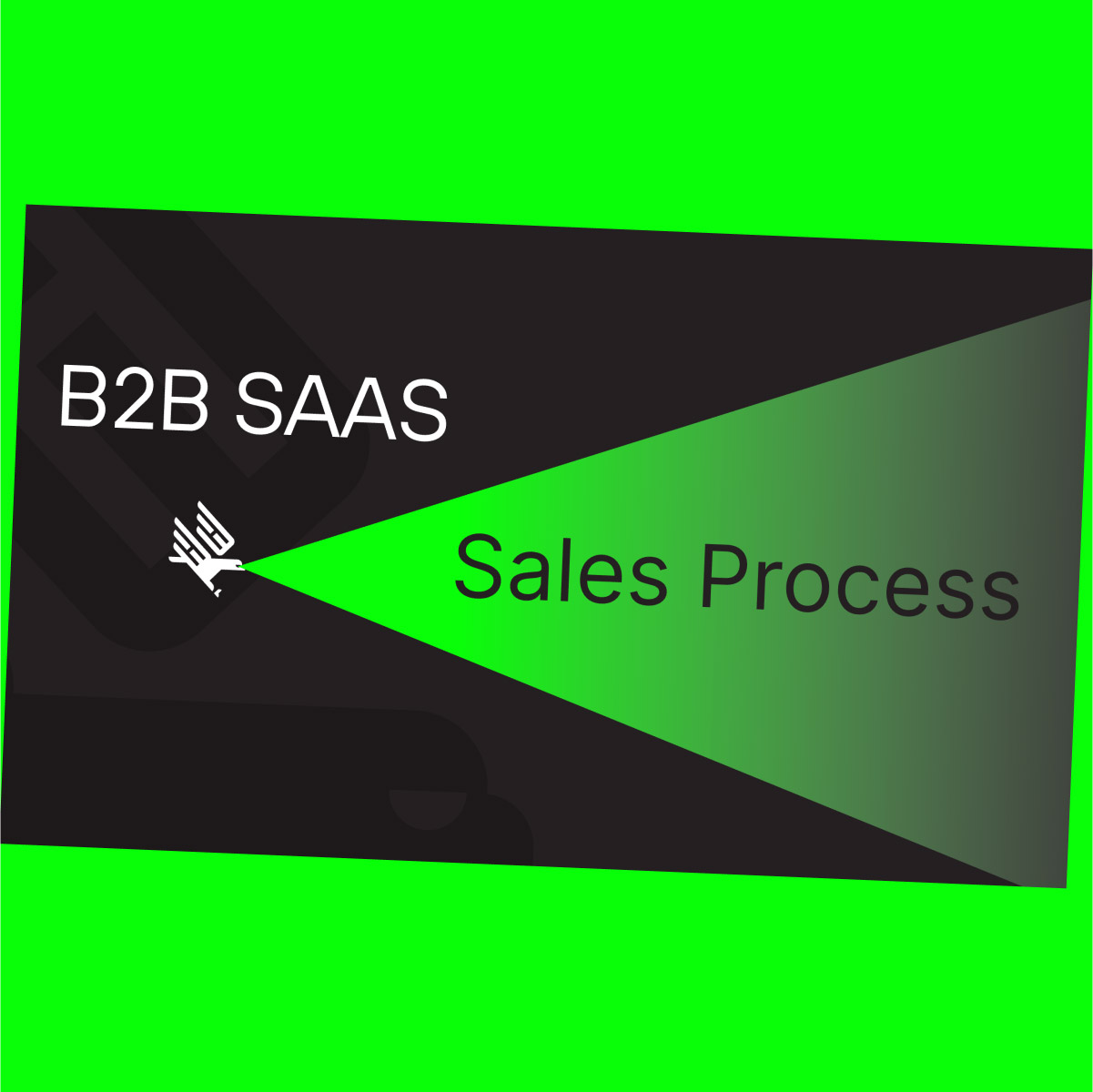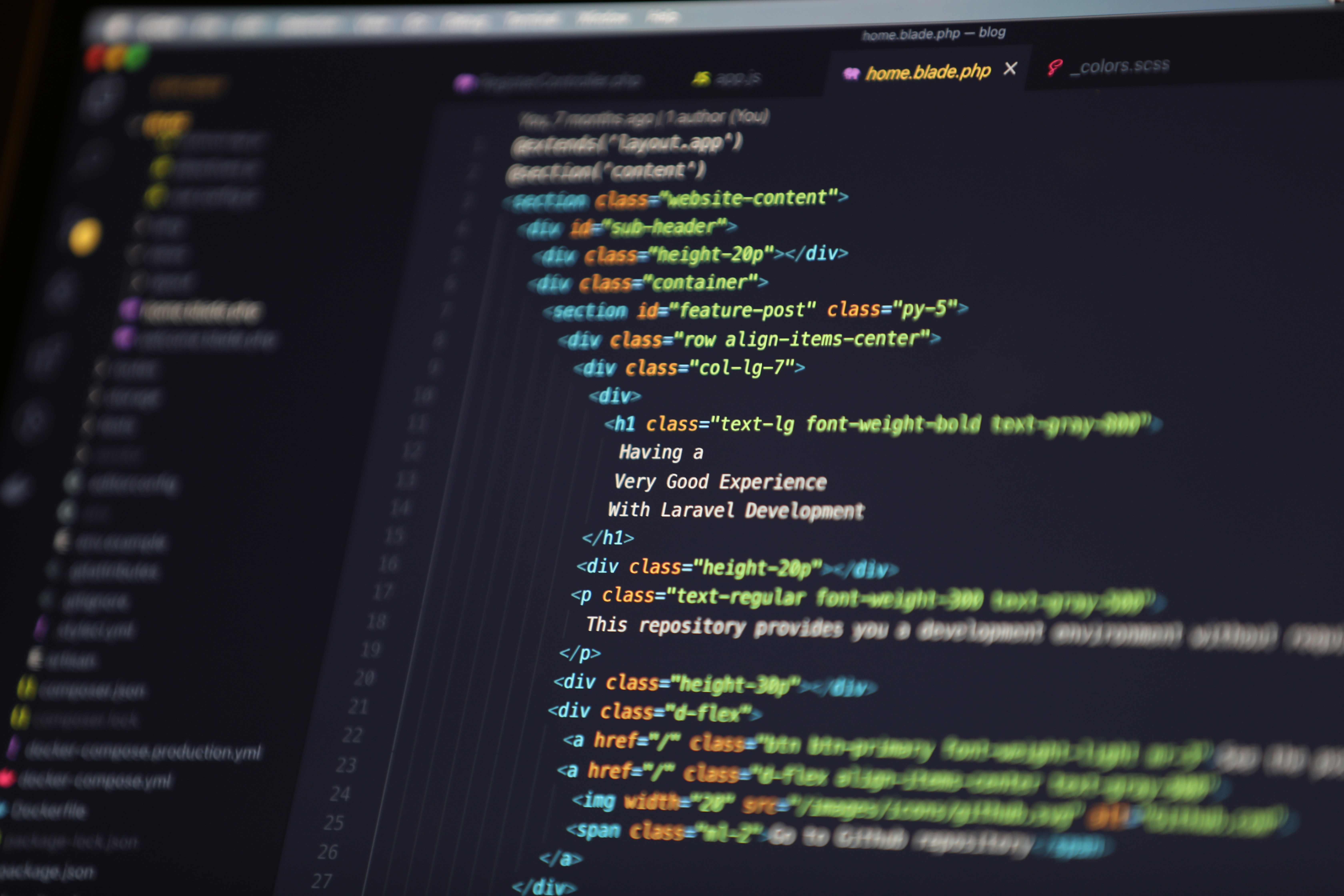Building a B2B SaaS Sales Process – Your Guide to Success

Building a B2B SaaS Sales Process – Your Guide to Success
Index

Let’s bring it all into focus for you.
- Understand the complexities of B2B SaaS sales and align sales and marketing efforts for successful execution
- Identify target customers, nurture leads, and close deals to maximise customer retention and revenue growth
- Leverage technology such as CRM and sales automation tools and analytics and reporting to streamline processes

Settle in. There’s a lot to unpack
Understanding B2B SaaS Sales
B2B SaaS sales is a unique space within the vending world, mainly due to its subscription-based model, extended sales cycles, and the necessity of customer retention.
Its process is no longer a one-time transactional sales model, but rather an ongoing relationship that requires constant nurturing and engagement.
The SaaS sales cycle encompasses essential phases like lead generation, qualification, and finalising agreements with prospects.
Grasping the complexities of this cycle is vital for your sales team’s success.
As a sales professional, you’ll need to develop a deep understanding of your prospects’ needs, offer tailored solutions, and deliver outstanding support throughout their journey.
By mastering the unique aspects of B2B SaaS sales, you’ll be well-prepared to tackle challenges and grasp opportunities.

B2B SaaS sales is a unique space.
Key Differences Between B2B and B2C SaaS Sales
Although B2B and B2C SaaS sales have common traits, understanding their differences is fundamental to effectively adapting your approach.
B2B SaaS sales typically involve sales reps cultivating relationships with customers to facilitate successful transactions.
Meanwhile, B2C SaaS sales have a greater reliance on marketing efforts to attract inbound leads.
Pricing is another key distinction between B2B and B2C SaaS sales. B2B sales often involve complex pricing models, customised solutions, and longer sales cycles, whereas B2C sales are more straightforward and transactional.
By understanding these differences, you can tailor your sales strategies accordingly and maximise opportunities.
The Role of Sales Reps in B2B SaaS Sales
As in any sales niche, the seller is vital to the overall success of any product or service.
That’s hardly profound.
But B2B SaaS sales demands a particular type of salesperson. Someone who deeply understands and is adept at enlightening prospects, fostering relationships, and proposing tailored solutions.
In this field, the sales rep’s role doesn’t end with closing a deal – they must also ensure customer success and satisfaction for long-term retention.
Sales reps in B2B SaaS sales often specialise in distinct roles, such as Sales Development Representatives (SDRs), Business Development Managers (BDMs), and Market Development Representatives (MDRs).
Each role comes with its own set of responsibilities and skills, allowing the team to cover all aspects of the sales cycle.
And that’s the key here. Like a champion football side possesses a variety of players with different skillsets – all knowingly working towards a common goal – so too does a prized B2B SaaS sales team.
Invest in a well-rounded team – and provide them with necessary training and resources – and you’ll give your business the best opportunity to succeed.
Additionally, clearly define the roles and responsibilities within your sales squad, so each member is well-equipped to contribute to the success of your B2B SaaS business.
Developing a B2B SaaS Sales Strategy
To attain long-term success, a clearly defined B2B SaaS sales strategy is a must.
The following steps are absolute fundamentals for establishing an effective sales strategy for your SaaS business:
- Identify your target audience and understand their needs
- Tailor your approach accordingly to address their specific pain points
- Align your sales and marketing efforts to create a cohesive and impactful strategy
- Assign responsibility to sales executives or business owners for implementing and executing the sales strategy
Among it all, maintaining steady communication with prospects is pivotal, fostering real-time feedback and keeping them engaged and curious about your product.
By developing a comprehensive B2B SaaS sales strategy, you’ll ensure your sales team is best placed to thrive.
Identifying Target Customers
Quite simply, knowing your target audience is at the core of any successful B2B SaaS sales strategy – allowing you to zero in on high-value prospects.
Creating buyer personas and ideal customer profiles (ICPs) is central to this theme.
A buyer persona is a representation of the ideal customer profile, encompassing key characteristics, preferences, and pain points.
By constructing customer personas, you can develop robust buyer personas, allowing for more effective acquisition and retention of prospects that fit them.
Recognising the target persona enables the creation of a lead generation funnel tailored to the desired customer profile.
This allows you to prioritise your sales efforts, ultimately resulting in better-quality leads, efficient use of time and resources, and reduced customer acquisition costs.
Aligning Sales and Marketing Efforts
This should apply to any business, but in the B2B SaaS sales world, ensuring your sales and marketing endeavours are on the same page is a must.
Working towards shared goals and utilising the same data and insights increase the likelihood of a seamless customer journey.
To achieve sales and marketing alignment, both teams must communicate regularly – placing emphasis on defining shared goals, optimising operations, segmenting the market, and utilising available technology.
Addressing challenges such as marketing-to-sales handoffs, disparate systems, inconsistent data, and misaligned goals produces stronger collaborations between teams and ultimately drives better results for your B2B SaaS sales efforts.

First step – identify your audience and its needs.
Implementing the B2B SaaS Sales Process
Applying a well-structured and effective sales process maximises your chances of securing long-term customer loyalty.
Where do you start?
The initial step in constructing a B2B SaaS sales process is determining if there is demand for your product through the product/market fit analysis.
Once you’ve established a solid foundation, it’s time to move on to the essential phases of the sales process. Here are three key elements:
1. Prospecting and Lead Generation
The sales process begins with:
- Prospecting and lead generation, which entail targeted outreach, content marketing, and inbound strategies
- Identifying and connecting with potential customers who align with your buyer personas and ICPs
- Focusing your sales efforts on high-value prospects to increase the chances of success
Effective lead generation strategies include:
- Offering free trials
- Providing product demos
- Showcasing case studies
- Delivering presentations
- Implementing paid trials
Employing a mix of these tactics allows you to pique the interest of potential customers and guide them through the sales funnel, ultimately garnering a successful transaction.
2. Lead Qualification and Nurturing
The sales process necessitates an important stage of qualifying leads, including identifying sales qualified leads (SQLs).
That’s just the start. Nurturing leads through the sales funnel is essential for keeping prospects engaged and interested in your product.
Personalised communication and tailored solutions can help you address the unique needs of each prospect and guide them towards a successful transaction.
With effective qualifying and nurturing of leads, you can streamline your sales process and increase the chances of success.
Assessing if a lead has the necessary prerequisites to purchase your product saves time and resources. Simple.
An SQL is a prospect who has been identified as having the potential to become a customer and is ready to engage with a sales representative.
Once a prospect is identified as an SQL, a representative from the SaaS sales team should initiate contact.
3. Closing Deals and Customer Retention
Finalising deals in B2B SaaS sales typically requires tackling objections, negotiating terms, and offering excellent customer service to retain clients and promote upselling.
After a deal has been finalised, the account executive should be responsible for outlining the subsequent steps.
Customer satisfaction is crucial for long-term retention, as happy customers are more likely to remain loyal to your product and recommend it to others. And advocacy is extremely powerful.
Close deals. Retain customers.
They’re key factors for driving long-term revenue growth and success for your B2B SaaS business.
As we’ve demonstrated, a structured approach allows you to best navigate the complexities of the B2B SaaS sales landscape and generate revenue.
Strategies to ensure successful closures and customer retention include offering discounts or free services for a limited time, asking pertinent questions to aid decision-making, and providing meaningful and relatable product demos.
Essential Metrics for B2B SaaS Sales Success
Tracking key SaaS sales metrics is a no-brainer. It allows you to tangibly evaluate your sales team’s performance and make data-informed decisions that can dictate future activity and strategies.
We’ve pinpointed some key metrics for B2B SaaS sales success that provide valuable insights into customer behaviour, market trends, and the potency of sales strategies.
Tracking and analysing these essential metrics allow you to identify areas for improvement, optimise sales processes, and drive better results for your B2B SaaS business.
Conversion Rates and Sales Velocity
These are important metrics to track to optimise the sales process and identify areas for improvement.
Conversion rates measure the percentage of leads that turn into customers, while sales velocity assesses the average duration of a lead’s journey through the sales pipeline, or deal velocity.
Monitoring these metrics allows you to pinpoint bottlenecks, inefficiencies, and potential opportunities for growth in your sales process.
Implementing strategies to enhance conversion rates and sales velocity can lead to increased revenue, a larger customer base, and a more efficient sales operation.
Customer Lifetime Value and Churn Rate
The customer lifetime value (CLV) and churn rate are critical metrics for long-term revenue growth and customer satisfaction in B2B SaaS sales.
The CLV measures the total revenue a customer is expected to generate over their lifetime with your business, while churn rate calculates the percentage of customers who discontinue their subscription during a specific time period.
Understanding customer acquisition cost in this context can help optimise your SaaS sales strategy for better results, including maximising monthly recurring revenue.
Monitoring these metrics helps to identify trends and patterns in customer behaviour, allowing you to make informed decisions about product improvements, customer service enhancements, and targeted marketing efforts.
Focusing on increasing the CLV and reducing churn rates enhances the likelihood of long-term success for your B2B SaaS business.